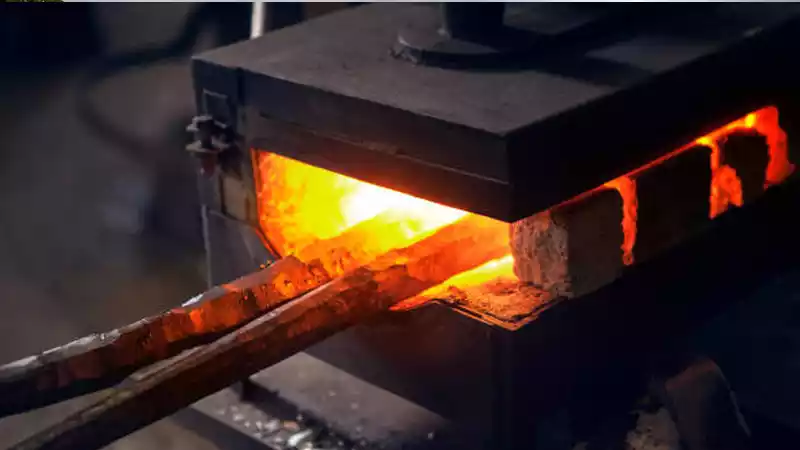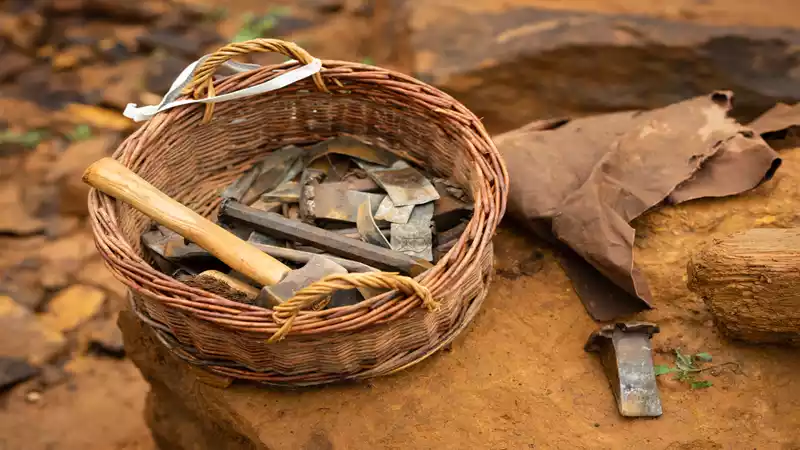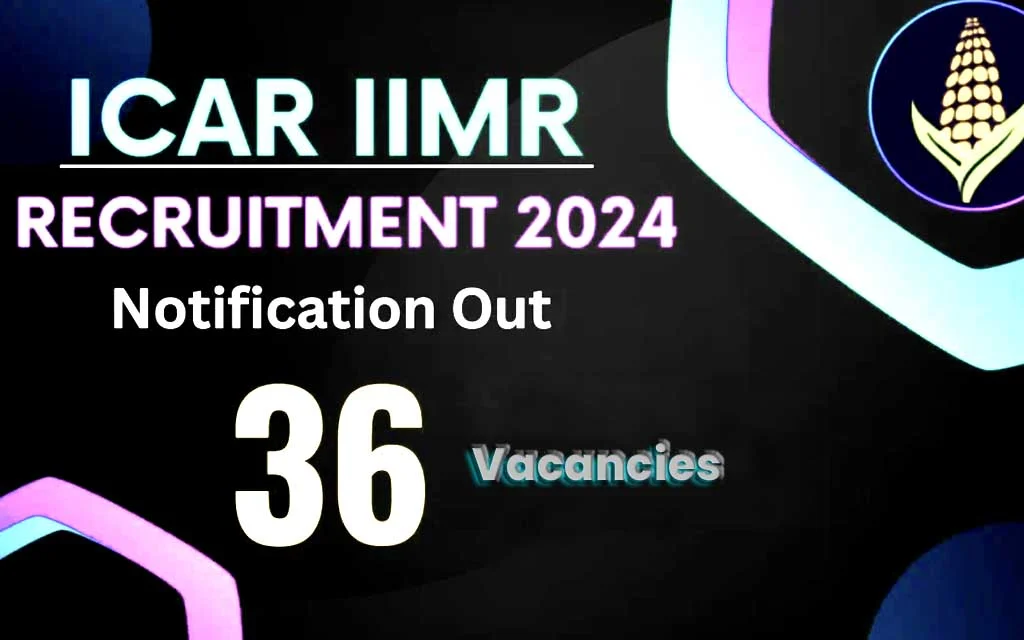Northern Burgundy, France – In a forest in the Burgundy region of France, a group of enthusiasts is building a medieval castle the old-fashioned way – that is, with the tools and methods of the late 13th century.


Some of those working here are heritage trade craftsmen, others are enthusiastic history buffs, but all say they share a deep respect for nature and the planet, and a desire to return to simpler times.
“This is a place you experience with all your senses,” says Sarah Preston, communications director and guide for these grounds, known as Guedelon Castle. “As soon as we walk onto the site, you smell the wood smoke. There is something so evocative about these sites and sounds.
As she speaks, a horse-drawn cart carrying wood passes by. Tapping comes from a distance from the stonemason.
Once beyond the entry barn doors, visitors are immersed in a bygone era. There are no mechanical sounds, no motor engines – and cellphones must be off.
The idea to create Guedeln was born in 1995 between three friends, residents of the area, who are also history buffs and nature lovers. One of the three owned a 17th-century château and was involved in the work of restoring various castles in the area.
“But we thought, how amazing would it be to actually build a castle from scratch?” Guedelon CEO and co-founder Marilyn Martin told public radio station France Culture last year.
After finding and purchasing the original 27 acres of land in a forest near a centuries-old abandoned mine and water (essential ingredients for any medieval construction site), the co-founders got a construction permit and, in 1997, laid the first stone.
Martin said the project is about highlighting nature, history, archeology and heritage skills. An advisory committee composed of archaeologists, historians and palace experts is associated with the project.
Martin said Guedeln is an example of experimental archeology – a way of researching how people did things in the past by trying to mimic them. It’s about “creating to discover,” she said.
The builders used examples from other medieval castles in the area as well as descriptions in old manuscripts and books.
Workers are dressed in medieval clothing, except for the sturdy contemporary boots and sometimes helmets that are mandatory for a modern construction site.
The smell of fire and the sound of clanging are coming from the nearby blacksmith shop. This is where 20-year-old Matisse Lacroix is making the tools needed to build the castle. Sparks fly as he pulls a string that operates a large bellows.


Lacroix says the furnace temperature is about 2,000 degrees Fahrenheit, “so the iron is soft and malleable and I can make these nails. He bends and shapes pieces of iron into nails, and into the square head of each Taps a decorative design.
According to Preston, part of Guedeln’s mission is pedagogy. A group of fourth grade students is at the site. They see Lacroix pressing the glowing red rods.
Artisans stop their work to explain what they are doing to visitors as well as train young artisans in heritage skills.
If they are interested in doing such a job one day. “Yes,” says a boy. “I always wanted to be a stone carver.
“Not me,” says another. “I’m going to be a YouTuber.
The learning aspect of Guédelon is one reason it is taking so long to build. The owners say the project is about exploring and passing on skills and knowledge from a 13th century workplace.
Employees stop their actions several times a day to answer visitors’ questions – as part of the job.
There are internal living palaces with six bastions as well as a protective wall and a chapel. Preston says that in medieval days the speed at which you completed a castle all depended on one thing: money.
It’s hard to tell what the price tag might be for a medieval-style castle these days; The owners say they don’t really know what the final cost will be.
Preston said he initially financed his work through donations and some European Union funding. The château is now financed through more than 300,000 visitors a year (each paying between 12 and 15 euros), which it said generates about 5 million euros ($5.25 million) a year on a large scale. Covers salaries for up to 100 staff members.
Twenty-four-year-old Simon Malier, who makes furniture for the palace, says his life was changed during his childhood. “After moving with my grandparents, I wanted to be a sculptor in the medieval world since I was about 14 years old,” he says.
Just like in the old days, the lunch bell rings, and the workers take a break.
There are all kinds of projects to recreate the kind of village that would have existed next to castles like these 800 years ago.
A garden grows plants indigenous to the area in the Middle Ages.
“We only grow medieval plants,” says Antoine Quellen, who works in the garden two days a week. “So that means that our There are no tomatoes, we do not have potatoes, because they came from South America much later.
He says that people used to eat a lot of grains then. Indigenous plants are hardy and help preserve land and soil, because they have a kind of genetic memory of place in their germ cells, he says.
Geese roam in the field. They may have provided food in medieval times. “Don’t get too close to them,” warns Quellen, “they may pinch. They are better than guard dogs.


Half a dozen stone masons work near the mine. Tendra Schrauwen, 29, of Belgium, says Guédeln is one of the few places in the world where you can practice this craft using traditional methods and old equipment.
“Our job is to cut stones into correct geometric shapes,” he says. “Windows, doors, chimneys, stairs and stone for stone.
He says it’s all about teamwork. “The stones are very heavy. It is very dangerous; you can damage your body. So the most important thing is to work in a team.
Schrauwen says most of the people working at Guedeln have a diploma in one of the heritage skills or work experience. They are paid workers, not volunteers.
“The charm of the skill is really the hand-building,” he says. “There are no pneumatic hammers here. Everything is done by hand. By hand, and using old-fashioned tools, and non-motorized vehicles and mechanisms.
Teams of two and three masons struggle to load the large stones onto carts.
To lift the tons of wood and stone needed to finish the castle’s exterior walls, two men walk inside a contraption that looks like a giant hamster wheel. It is a type of medieval crane with a central pivot and ropes. Known as a treadmill crane, it can pivot and lift or lower materials depending on which way workers move inside it. The only modern addition to the Guédeln is a safety brake.
Guillaume Glotin is one of the workers turning the hamster wheel. He says the treadmill crane can lift 1,000 pounds.
Glottin is part of the mason team finishing the castle walls. He has been working here for 17 years, since he was 22 years old. “You could say I’ve had a medieval career,” he says, laughing.
He says he is extremely proud of what they have achieved, and that many are eager to learn.
Some of Guédelon’s craftsmen have gone on to work on the restoration of Notre Dame Cathedral. When the Paris cathedral fire broke out in 2019, phones in Guédelon’s off-site offices rang off the hook, says communications chief Preston. “This castle is a known source for medieval building skills and knowledge,” she says. “And those rebuilding Notre Dame needed advice.
Painter Claire Piot is mixing colors in a stone bowl. She is painting the palace’s chapels and bedrooms, using colors made from minerals found here.
“We use some ochre, some clay, some clay, charcoal, lime – things like that and we can make 15 colors,” she says.
The cylindrical towers of the castle contain slits for shooting arrows, known as arrow loops, which are spaced to avoid dead angles. “These arrow loops are like modern security cameras,” Preston says. “They’re a way to see outside without being seen.
Preston states that many of the defense features at Guédeln were brought back from the Crusades. But she says it is being built to be the palace of a minor nobleman, not a royal château. That means no drawbridges, for example.


Thirty-year-old Charles Teixido is chopping a log with an axe. The sounds of hollow cutting echo through the forest alive with bird song. Teixido is a carpenter apprentice in Guédelon after changing careers from being a chef.
“I wanted to make something more sustainable,” he says. “So now I’m still building something creative, but it’s going to last forever. What we’re building here is probably going to last for 2,000 – 3,000 years.
Texido says climate change proves that humans must respect the planet. They believe the work they are doing in Guédelon is relevant to a more sustainable future. After working here, he says he wants to go into building energy-efficient housing. “The future is low-tech,” Texido says.
Also Read :
- Ai Fukuhara and Jiang Hongjie Custody Battle: A Spotlight on the Controversy
- Secrets Unveiled: Interest and Suspicion in Jinx Chapter 24
As for Guedeln’s future, the builders say it may take 10, 15 and even 20 years to build, but they’re OK with that. It’s not about completing the project, he says. It’s about the things they learn and discover while building.



